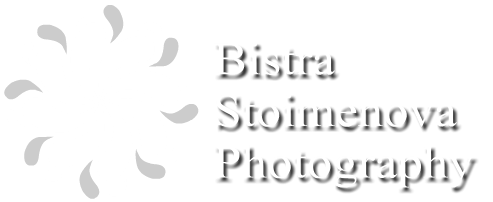When I started taking pics for the exhibition, my initial idea was to go classic - have the images side by side (or one atop of another, as it later proved to be). And so I did, producing 14 panes like this one:
That was a relatively OK approach but then I started making the exhibition poster. Then I realized that i need something that would wow people and that would make me proud that I have created it. Something that no one else has done. So I created this pic, thinking that it would serve as the exhibition poster.
This image shows the biggest change in the urban landscape –
it is the monument of a national hero and saint – Vasil Levski – and is located
on the [place Levski was hanged 140 years ago. When the first image was created
– in the 1910s – that place was almost outside of town. Nowadays this is one of
the busiest urban areas and is deemed “downtown”.
I loved the outcome, as it made people stop and think and created a few more of these. The total number of double panes, as I call them is 4 (since not all images were prone to looking like that or being collaged).
In my double panes, I partially used Rigaud’s technique – creating a blend between old and new, as he did. Instead of blending the old image into the new one, I went for something a little different – dividing the image into old and new along a vertical axis thus showing the change in urban landscape (similar to the image above). I left the monuments unchanged, unlike what Rigaud did – hence half of the monument was left in the old image and the other half was in the new one. From what I saw at the opening, the “double” panes were along the most popular and photographed ones in the exhibition.
 |
| Some of the panes before the publication |
looking at the the exhibition now, I think it was a great idea that I did those panes since those were one of the most popular posts during the opening :)





No comments:
Post a Comment